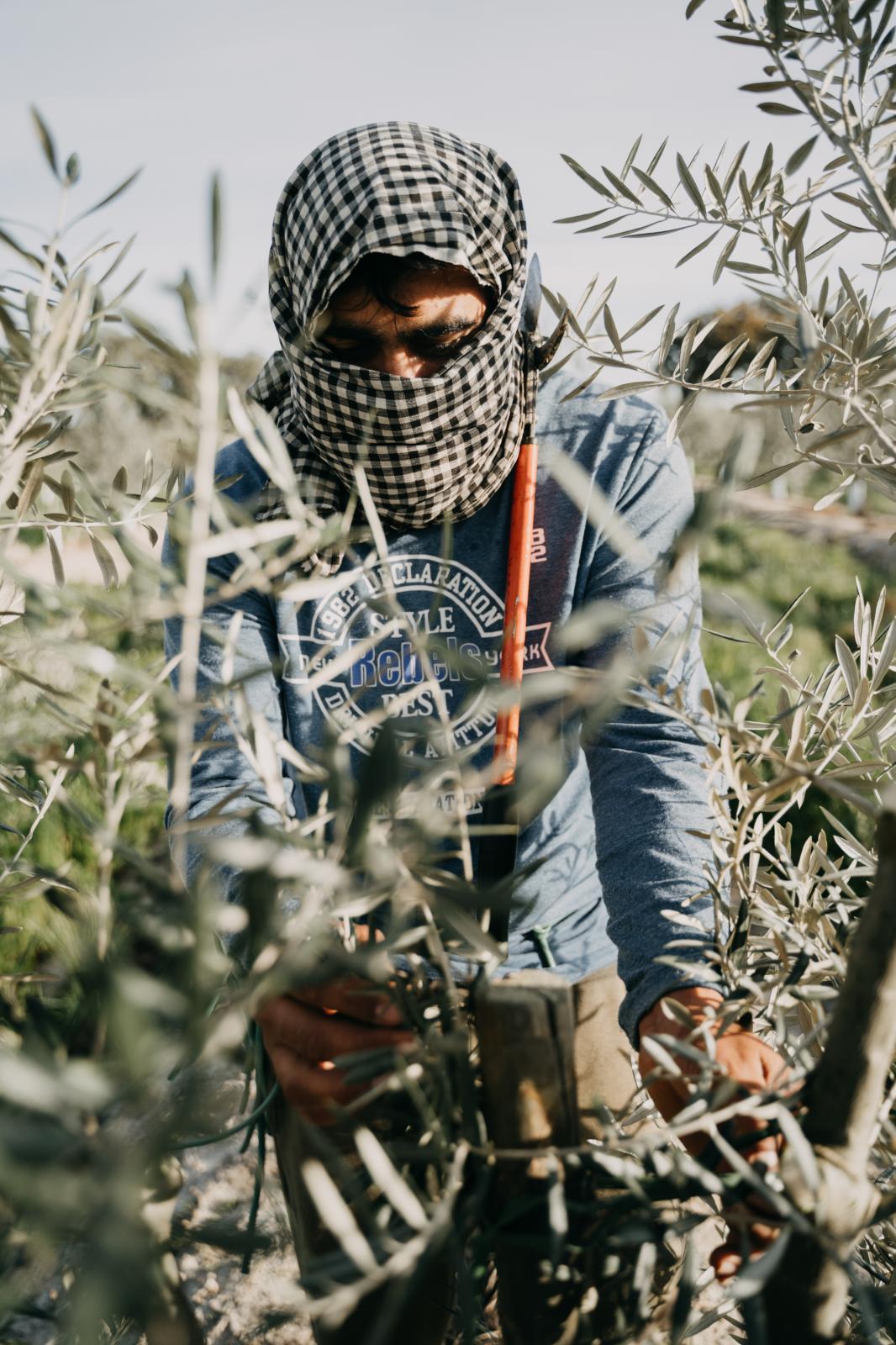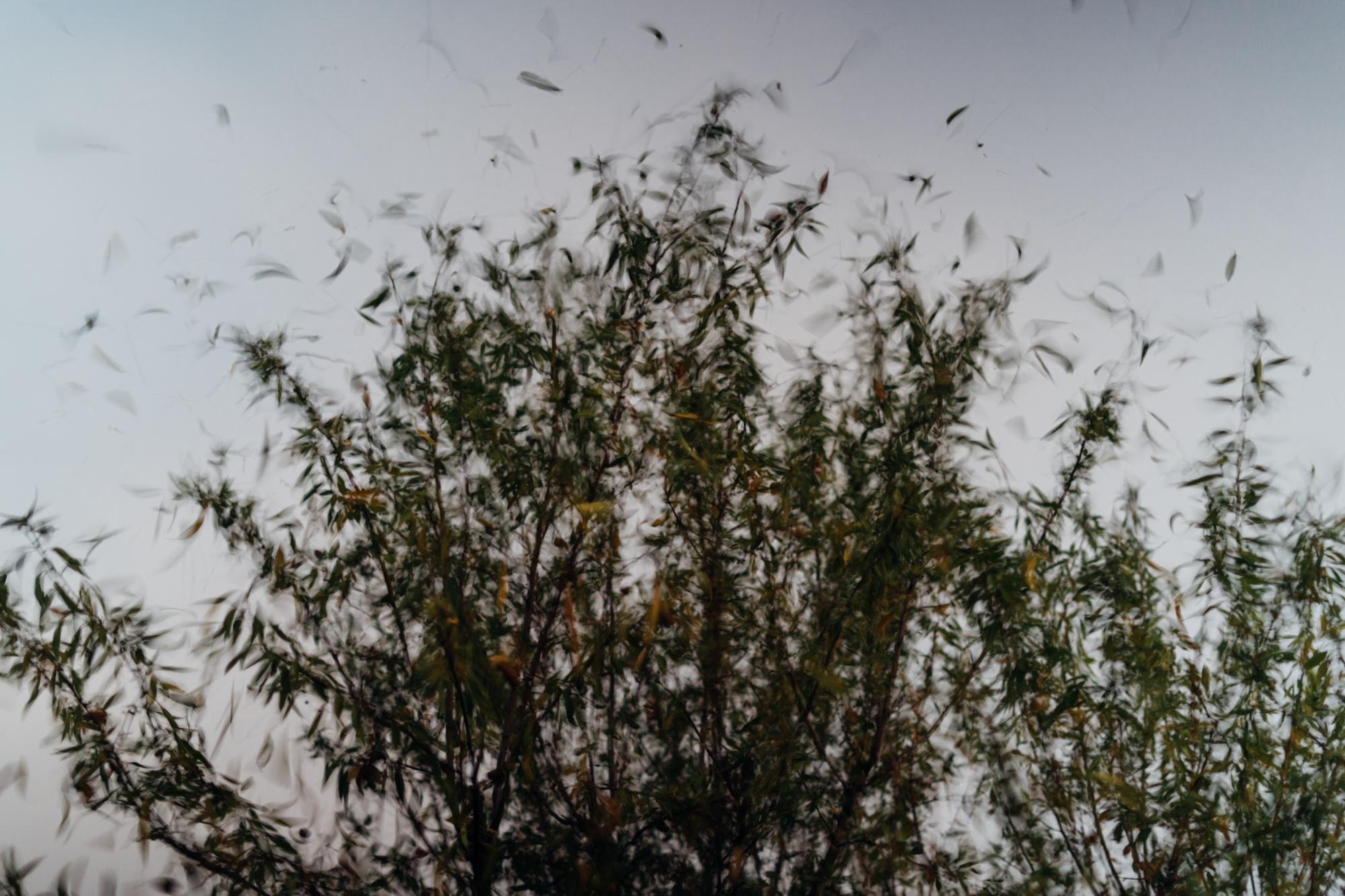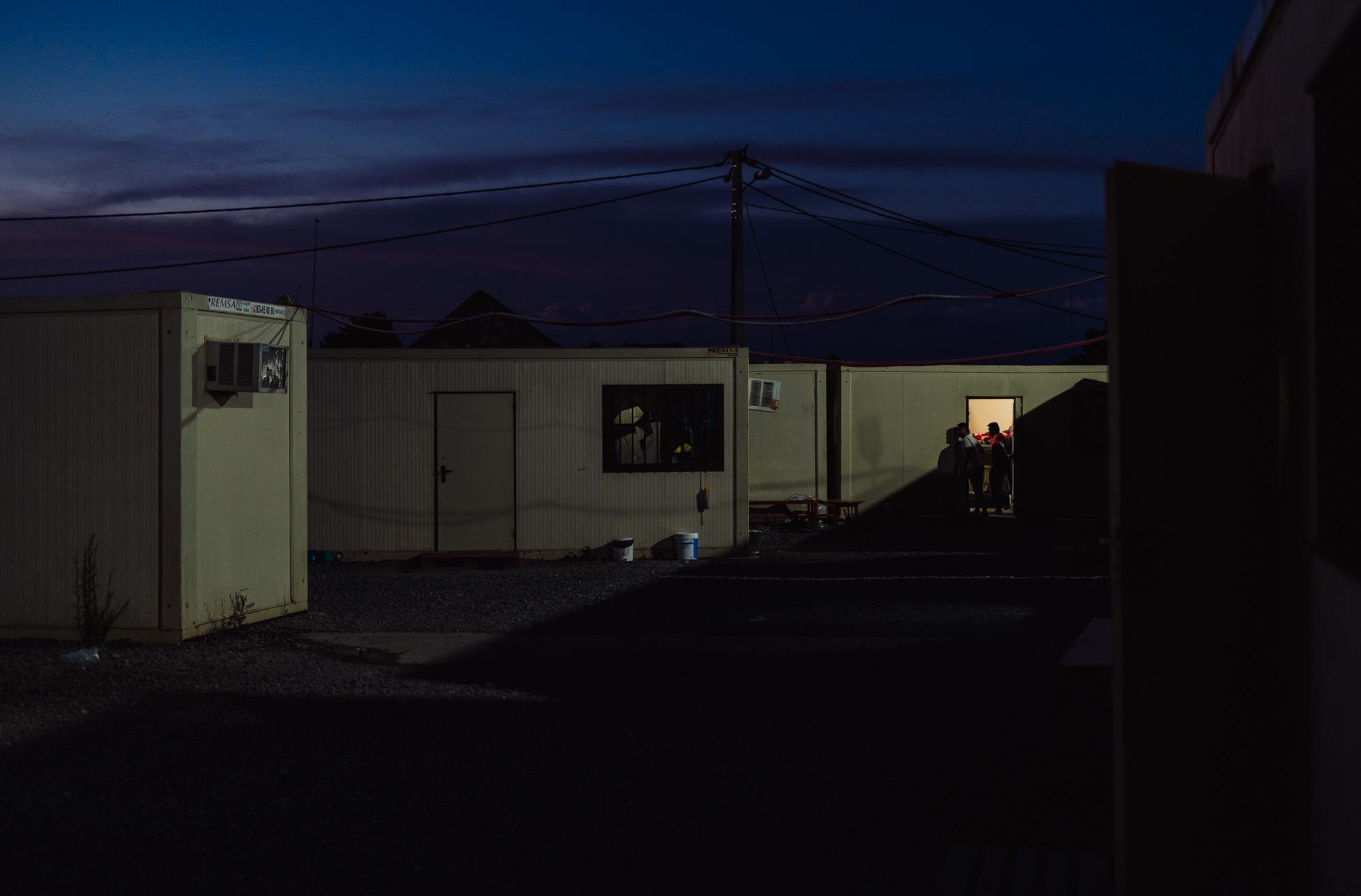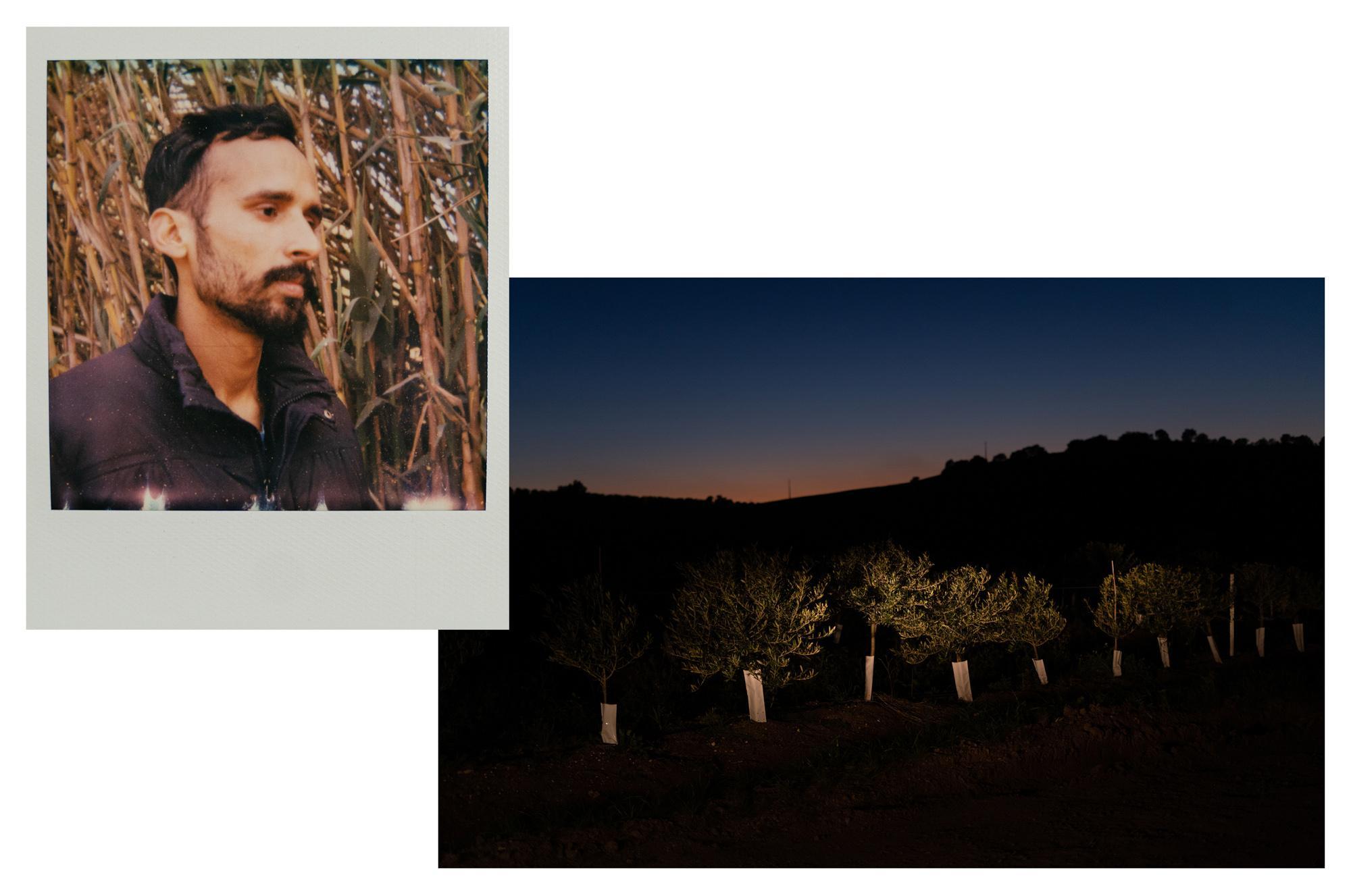Alentejo
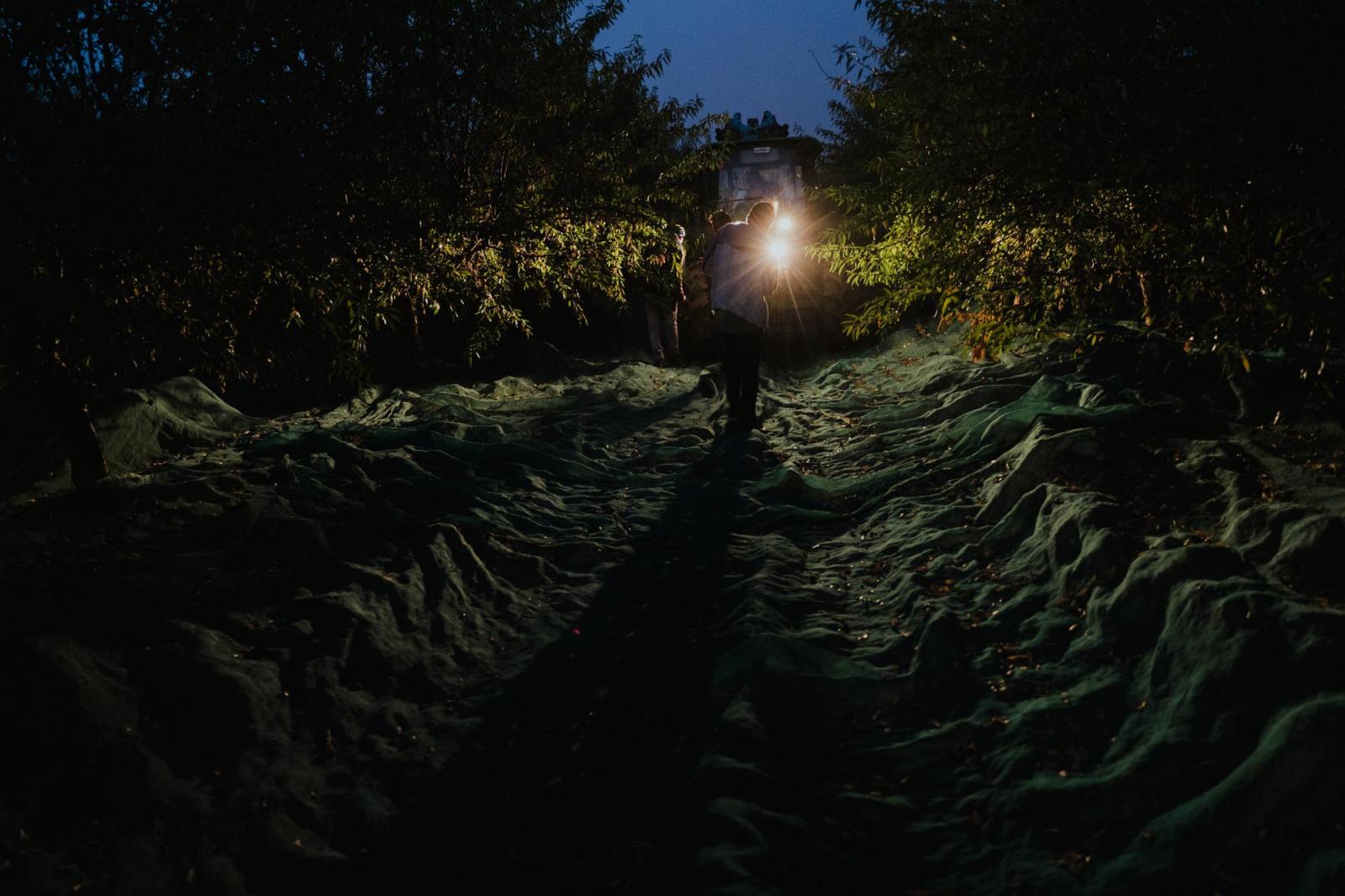
Pitch
Alentejo
Current Status
In Production
Type of Story
Visual Story
Short Pitch
In recent years, Portugal's agrarian Alentejo region has been undergoing complex changes in land use, production and migrant labour patterns. This project highlights the role of essential migrant workers who are frequently trapped outside the formal system, juxtaposing it with the intensified land usage and the inadequate living and labour conditions present. It also underlines the complexity of the migrant experience and the realities of the globalised supply chain.
Long Pitch
In recent years, Portugal’s agricultural sector gained significant economic importance. According to OECD data, in order to meet the growing need for manpower and the market’s low prices, the country is increasingly relying on undocumented migrant labour.
The city of Beja - as well as the Alentejo region at large - are the main agricultural regions where predominantly seasonal workers are working long hours for a low pay, often living in subhuman conditions. Labourers from Sub-Saharan Africa, Asia and Eastern Europe are, therefore, playing a pivotal role in keeping the country’s agricultural sector - let it be olives, grapes, red berries or almonds - afloat. Their precarious conditions are contrasted with the price pressure created by a globalised supply chain - and with intensive agricultural practices. The COVID-19 pandemic has further worsened the situation: seasonal work has decreased, leaving a large number of workers without the already unstable income.
Through the use of digital and polaroid photography, this project highlights the role of essential migrant workers who are frequently trapped outside the formal system, juxtaposing it with the intensified land usage and the inadequate living and labour conditions present. It also underlines the complexity of the migrant experience, the realities of the globalised supply chain - and what is behind the cheap agricultural produce on European consumers' plates.
The pairing Polaroid photos with digital pictures is only one example of publishing.
As of now, this project was supported by the National Geographic Society and People in Need Slovakia.
The city of Beja - as well as the Alentejo region at large - are the main agricultural regions where predominantly seasonal workers are working long hours for a low pay, often living in subhuman conditions. Labourers from Sub-Saharan Africa, Asia and Eastern Europe are, therefore, playing a pivotal role in keeping the country’s agricultural sector - let it be olives, grapes, red berries or almonds - afloat. Their precarious conditions are contrasted with the price pressure created by a globalised supply chain - and with intensive agricultural practices. The COVID-19 pandemic has further worsened the situation: seasonal work has decreased, leaving a large number of workers without the already unstable income.
Through the use of digital and polaroid photography, this project highlights the role of essential migrant workers who are frequently trapped outside the formal system, juxtaposing it with the intensified land usage and the inadequate living and labour conditions present. It also underlines the complexity of the migrant experience, the realities of the globalised supply chain - and what is behind the cheap agricultural produce on European consumers' plates.
The pairing Polaroid photos with digital pictures is only one example of publishing.
As of now, this project was supported by the National Geographic Society and People in Need Slovakia.
Timeline
Started in March 2021, with a follow up in September 2021. The completion date can be determined.
Budget
Topics
Prizes
National Geographic Society and People in Need Slovakia





